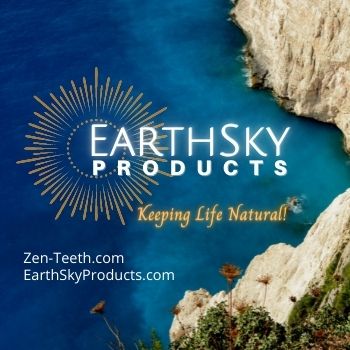We’ve heard a lot lately about hemp-based CBD and its alleged medical benefits.
But hemp also has a long history in textiles and fabric, and it is currently receiving another look due to the growing interest in all things cannabis – along with loosening laws that allow for its cultivation.
Hemp fabric is antimicrobial, antibacterial, hypo-allergenic, thermo-regulating, naturally pest-resistant and UV-resistant, leading some to call it the hero of natural fabrics.
It’s believed to be one of the first plants to be spun into usable fabric 10,000 years ago in China. It also was planted at the site of the Chernobyl nuclear disaster, in the hopes that it would naturally remove toxins and pollutants from soil and groundwater.
Within 100 days a typical hemp crop can produce enough fiber or seed to manufacture up to 50,000 products. Not only does hemp grow well in different climates and soils, but plants can grow closely together, allowing for 250 percent more fiber to be produced than conventional cotton.
It also doesn’t need much water; it usually takes 20,000 liters of water to grow 1 kilogram of cotton, equivalent to a pair of jeans and a t-shirt. Hemp needs less than half that amount or the same outcome.
Hemp is quite durable and does not need herbicides or pesticides to grow, so creates an ultra-safe fabric. As hemp grows, it replenishes the soil with nitrogen and other nutrients, while removing toxic chemicals using a process called phytol-remediation.
With the removal of restrictions on cultivating and processing of hemp fabric, we’re seeing the emergence of several American hemp designer brands, like Northern California’s Rawganique and Los Angeles-based Seeker. Internationally, brands like Italy’s Opera Campi and Australia’s The Hemp Temple.
One brand, Hempest, has been producing clothing for 20 years, and another brand, Nomads Hemp Wear refers to itself as “the pioneer of hemp and organic eco-clothing evolution” and focuses on urban design.
Canada’s Canopy Growth has taken a major interest into hemp research, and is building a hemp industrial park in New York. Construction is planned this summer of a 308,000 square foot facility that will focus on hemp extraction and hemp manufacturing.
Has hemp reached Eastern Washington yet? Kind of.
Spokane residents Liorah Wichser and Sarah Lorraine Edwards opened and later closed Nayeli Clothing. They created chic hoodies and other apparel made of hemp, wool, cotton, plus a little Lycra or Dintex thrown in. These items were sold at outdoor festivals and online.
Wichser and Edwards were interested in keeping production local instead of outsourcing internationally. They also found a way to use organic plant matter marked as waste from area cannabis growers in their fabric. Unfortunately the expenses were just too great to complete a planned production shop without a profitable investor so the company shut down.
“I put every penny I had into this business, even got to grant awards, but it still wasn’t enough,” Wichser said. “I am hoping there is still a way to bring it to life in the future.”
According to a report from data analytics firm New Frontier Data, global hemp retail sales totaled $3.7 billion in 2018 and are estimated to grow to $5.7 billion by 2020.
Hemp also has the opportunity to improve environmental conditions as well as practices in the fashion and textile manufacturing world. According to the United Nations Framework Convention on Climate Change, this sector is considered one of the most polluting industries in the world.
The UNFCCC estimates that the fashion industry is responsible for 10 percent of global carbon emissions and could rise by more than 60 per cent by 2030, a definite contrast to traditional polluters like coal that are looking for ways to reduce their footprint.
Taryn Mickelson is originally from New Mexico and now works in Washington’s cannabis industry. She enjoys writing about the positive changes in this rapidly-growing business. This story originally appeared on The Spokesman Review.






